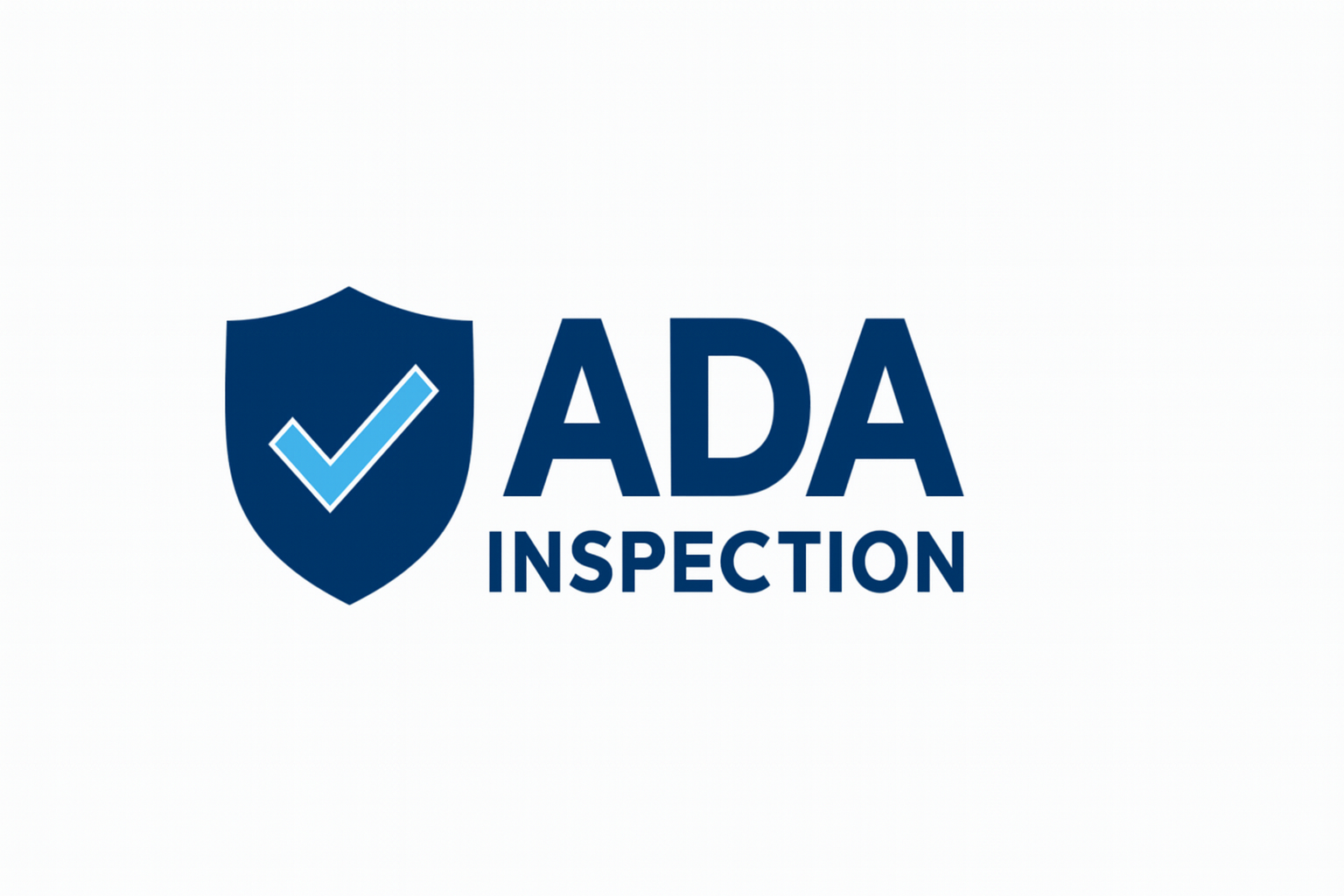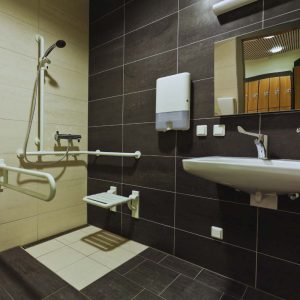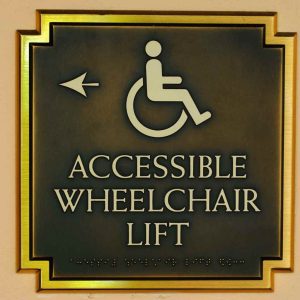Parking lot restriping is the process of repainting lines, markings, and symbols on your pavement to maintain safety, visibility, and compliance. In California, where sun exposure and heavy use fade markings quickly, staying ahead of restriping is more than maintenance—it’s a smart business decision.
Let’s break down what it involves, how it compares to sealcoating or repaving, and why property owners in California can’t afford to ignore it.
What Is Parking Lot Restriping?
Restriping includes repainting stall lines, crosswalks, directional arrows, ADA symbols, fire lanes, and loading zones. It’s different from repaving, which involves laying new asphalt. Restriping is purely cosmetic and functional—refreshing existing layouts while ensuring accessibility compliance.
Why California Property Owners Prioritize Restriping
For California property owners, this isn’t optional upkeep—it’s essential. Here’s why:
- Faded lines cause confusion and increase liability risk
- City inspections may flag non-compliance with ADA or fire codes
- Tenants and customers expect clean, clear, and safe parking areas
- If your pavement markings are hard to see or causing traffic confusion, it’s time.

Signs It’s Time to Restripe
- Markings are nearly invisible in daylight
- Drivers ignore stall layouts
- Accessible spaces are poorly defined or missing signage
Top Benefits of Parking Lot Restriping in California
1. Improved Safety for Drivers and Pedestrians
Fresh lines make traffic flow intuitive and safe. According to the National Safety Council, parking lot accidents cause over 50,000 injuries annually. Restriping prevents unnecessary collisions and protects pedestrians.
2. ADA and Title 24 Compliance
California enforces strict accessibility laws under the CBC Title 24. Restriping often triggers a layout review, especially when modifying van-accessible stalls or signage.
For guidance, businesses can schedule a medical office ADA inspection or commercial building consultation to assess compliance.
3. Enhanced Curb Appeal and First Impressions
A well-striped lot looks maintained and professional. Commercial brokers frequently highlight parking quality in listings. Restriping offers high visual return with minimal cost.
4. Maximize Parking Space Efficiency
Restriping lets you optimise layout to fit more cars. For tight lots—like retail plazas or clinics—this can reduce tenant friction and improve traffic.
5. Avoid Legal and Financial Risk
Inaccurate ADA markings can trigger lawsuits, citations, or even insurance claim denials if tied to injury.
6. Supports Fire Lane and Emergency Access Markings
Red curbs and “NO PARKING FIRE LANE” lettering are required under the California Fire Code. Faded fire lane markings can delay emergency response or invite fines.
Understanding California Restriping Regulations
ADA & Title 24 Requirements
Restriping must follow:
- Minimum ADA stall count by lot size
- Specific dimensions for accessible stalls and signage
- Maximum 2% slope within accessible zones
Need help assessing compliance? A parking lot ADA inspection can verify your layout against CBC Chapter 11B.
Permit or Inspection Triggers
Cities like Los Angeles and San Francisco may require a permit if changing your parking layout. Also, resurfacing often triggers ADA upgrades under federal and state law.
Required Elements of a Compliant Restriping Job
- Proper ADA symbol size and placement
- Legible fire lane markings
- Slip-resistant, high-contrast paint for ADA zones
When’s the Right Time to Restripe in California?
Ideal Seasons for Striping
Most contractors recommend late spring to early fall. Warm, dry weather ensures the paint cures properly and lasts longer.
Frequency Guidelines
- Most lots: every 18–24 months
- High-traffic areas (medical clinics, fast food): annually
Events That Require Restriping
- After sealcoating or resurfacing
- Tenant turnover needing new layouts
- Following ADA upgrades that affect striping
Choosing a Parking Lot Restriping Contractor in California
What to Ask Before Hiring
- Are you familiar with ADA and Title 24 regulations?
- Do you provide layout design or review?
- Do you use paint or thermoplastic striping?
Typical Restriping Costs in California
- Small lots: $300–$600
- Per linear foot: $0.20–$0.40 (depends on material and design)
Ask for a quote that includes stall lines, symbols, curbs, and signage.
Red Flags to Watch For
- No mention of ADA in the quote
- Vague line counts or missing symbol details
- No insurance or licensing proof
Smart Answers to Common Owner Concerns
What Happens If I Skip Restriping?
You risk more than fading paint. Tenants may complain, ADA lawsuits may follow, and your insurance may not cover an incident tied to poor visibility or non-compliance.
Can I Just Paint Over Old Lines Myself?
Not advisable. DIY striping without proper measurement, symbols, or slope awareness usually violates ADA and local codes. You could be fined or ordered to redo it.
How Do I Make Sure My Lot Is ADA Compliant?
Schedule a CASp inspection before and after work. Professionals know how to apply CBC 11B correctly and help you avoid expensive mistakes.
What California Owners Ask Before Restriping
How often should I restripe my parking lot?
Most lots need restriping every 12–24 months. High-use lots or those exposed to sunlight, oil, or heavy rainfall may require more frequent repainting.
Do I need a CASp inspection before restriping?
It’s not mandatory, but strongly recommended. A CASp inspection helps you avoid missed compliance issues and provides a legal advantage if challenged.
What happens if I don’t restripe my accessible stalls?
You risk non-compliance with the ADA and CBC. This can result in lawsuits, penalties, or forced corrections—often at a higher cost than planned maintenance.
What kind of paint is allowed in California?
Low-VOC, fast-drying paints that comply with California Air Resources Board (CARB) rules are typically used. Your contractor should be aware of local requirements.
Can restriping be done during business hours?
Yes, with phased or off-hour scheduling. Many contractors offer quick-dry materials and flexible scheduling to minimise disruption.
A CASp inspection or accessibility audit can answer those questions with confidence.
Restriping Is Smart Preventative Maintenance
Why It’s Worth It
- Fewer accidents and liability headaches
- ADA and CBC compliance
- Better curb appeal for tenants and customers
- Lower risk of fines or surprise inspections
Restriping Is Smart Preventative Maintenance
Regular parking lot restriping in California isn’t just cosmetic—it’s a legal safeguard, a customer experience enhancer, and a signal of operational excellence. When you layer it with professional ADA inspections and California Title 24 evaluations, you build a reliable foundation that protects your business and your visitors.
If you’re unsure whether your lot is compliant, schedule a professional evaluation today. Our parking lot ADA consulting services help identify where your markings fall short and how to fix them before problems escalate.
Trusted ADA and Title 24 Resources



